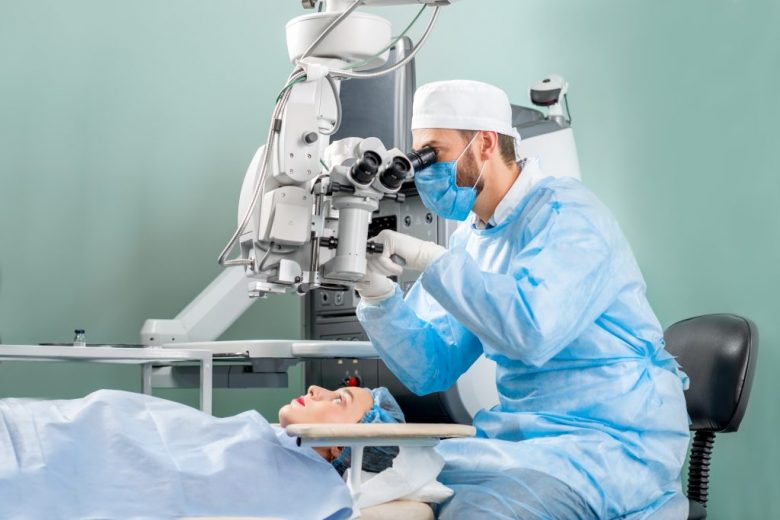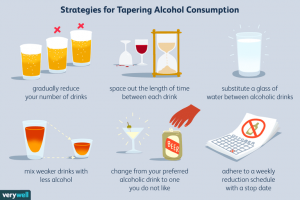With modern LASIK, the enhancement rate is 1-2 percent in the first 12 months and then about 1 percent a year after that as patients’ eyes can change with time. So, for example, 10 years after LASIK, approximately 10 percent of patients may require an enhancement procedure to maintain their excellent vision.
LASIK, or “laser-assisted in situ keratomileusis,” is the most commonly performed laser eye surgery to treat myopia (nearsightedness), hyperopia (farsightedness) and astigmatism.
Like other types of refractive surgery, the LASIK procedure reshapes the cornea to enable light entering the eye to be properly focused onto the retina for clearer vision.
In most cases, laser eye surgery is pain-free and completed within 15 minutes for both eyes. The results – improved vision without eyeglasses or contact lenses – can usually be seen in as little as 24 hours.
LASIK has many benefits, including:
It has been around for over 25 years and it works! It corrects vision. Around 96% of patients will have their desired vision after LASIK. An enhancement can further increase this number.
LASIK is associated with very little pain due to the numbing drops that are used.
Vision is corrected nearly by the day after LASIK.
No bandages or stitches are required after LASIK.
Adjustments can be made years after LASIK to further correct vision if vision changes while you age.
After having LASIK, most patients have a dramatic reduction in eyeglass or contact lens dependence and many patients no longer need them at all.
To do the procedure, a flap of corneal tissue is created. This flap is then peeled back so that the excimer laser can reshape the corneal tissue underneath. A hinge on the flap prevents it from being completely separated from the cornea.
When LASIK was first done, a special automated knife (a microkeratome) was used to cut the flap. Now, a more common and safer method is to use a different type of laser (femtosecond) to create the corneal flap.
The amount of corneal tissue the laser will remove is calculated ahead of time. The surgeon will calculate this based on several factors including:
Your glasses or contact lens prescription
A wavefront test, which measures how light travels through your eye
The shape of your cornea surface
Once the reshaping is done, the surgeon replaces and secures the flap. No stitches are needed. The cornea will naturally hold the flap in place.
The LASIK procedure (For Michigan see Yaldo Eye Center) offers extremely fast recovery: within hours of the surgery, the flap has usually begun to heal. Most patients are able to resume day-to-day activities just 24 hours after the surgery. You will receive a prescription for eye drops to use for five days after surgery. You must also wear sunglasses at night to prevent rubbing your eyes for the first two nights after surgery.



